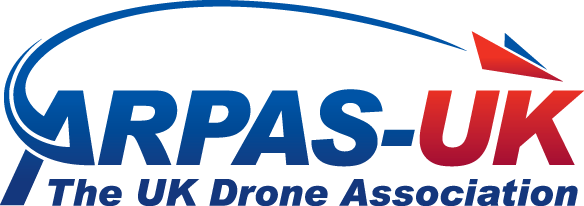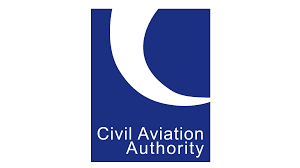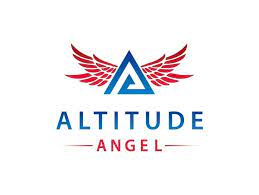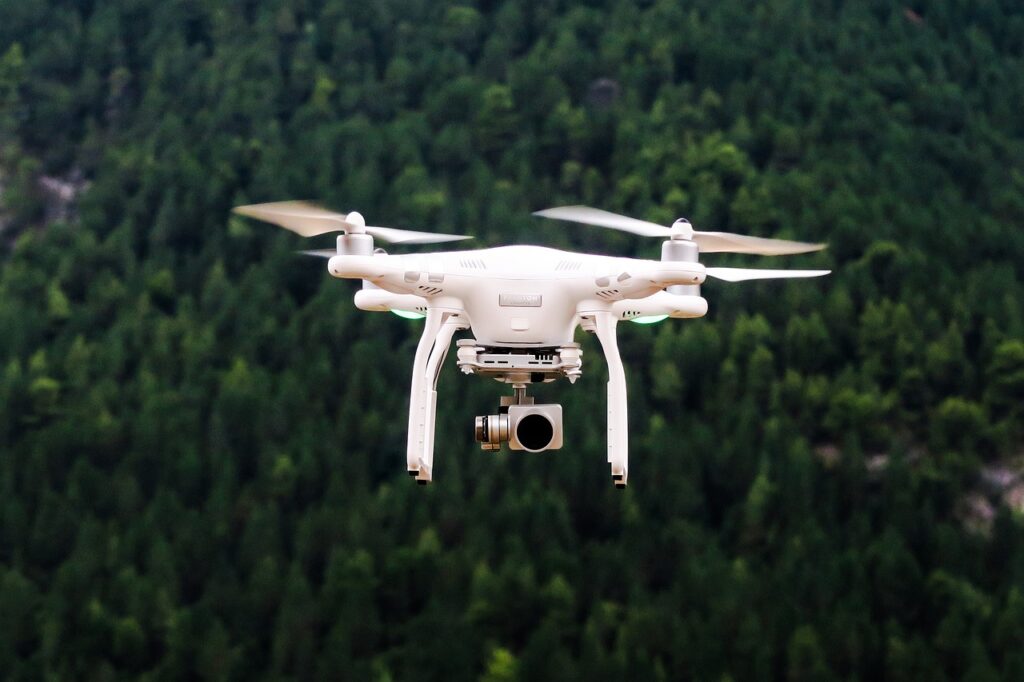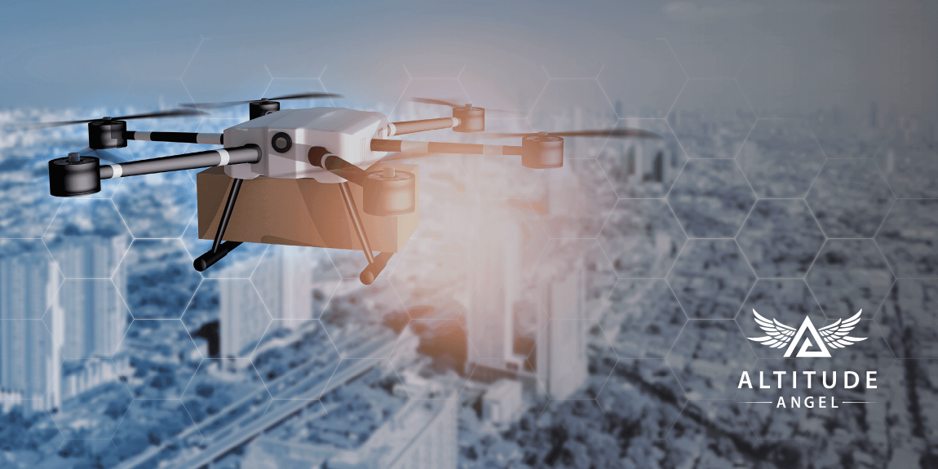Unmanned Aircraft Systems (UAS), commonly known as drones, have revolutionised various industries with their versatile applications. To tap into this transformative potential and ensure safe and efficient operations on industrial sites, the Engineering Construction Industry Training Board (ECITB) offers a comprehensive Foundation UAS training course.
Mastering Drone Operations Safely and Effectively
The ECITB’s Foundation UAS training course provides participants with a profound understanding of drone functionality and operations within industrial environments. Designed to cater to a diverse audience, including existing employees, UAS pilots, aspiring drone professionals, and managers, the course equips individuals with valuable knowledge and skills that align with industry standards.
What Does the Course Cover?
Spanning five days, the course encompasses a range of topics crucial for drone operations on industrial sites. Participants learn to adhere to site policies and procedures while conducting safe drone flights. The practical flight competence test, a pivotal aspect of the course, evaluates participants’ ability to pilot drones in real-world scenarios. This test involves capturing, storing, and sharing viable images while complying with data protection regulations.
Furthermore, the course includes a quality-assured assessment that maintains consistency across all training providers. This standardized approach ensures the transferability of acquired skills and competence among operatives.
Who Can Benefit from This Training Course?
The ECITB’s Foundation UAS training course caters to diverse groups:
- Existing Employees: Those looking to enhance their skills in operating UAS for their employers or boost their employability prospects.
- UAS Pilots: Professionals seeking to provide services on industrial sites can further refine their skills and knowledge through this course.
- Aspiring Professionals: Individuals interested in pursuing a career or business in the field of UAS gain valuable insights.
- Managers: Managers looking to efficiently oversee contractors and operations on-site benefit from understanding drone operations.
Realising the Potential of Skilled Drone Operatives
The industrial sector’s increasing integration of UAS has brought about substantial benefits, including enhanced safety, improved efficiency, and significant cost savings. Industries like oil and gas have harnessed drones to mitigate work-at-height risks and navigate hazardous environments, ensuring worker safety.
The fusion of drone technology with traditional methods has led to safer and more efficient asset inspections. Drones offer cost-effective solutions for mapping construction sites, monitoring project progress, and obtaining precise survey data. With the ability to provide unparalleled accuracy and detailed datasets, drones are reshaping industrial practices.
Find out more by clicking here
